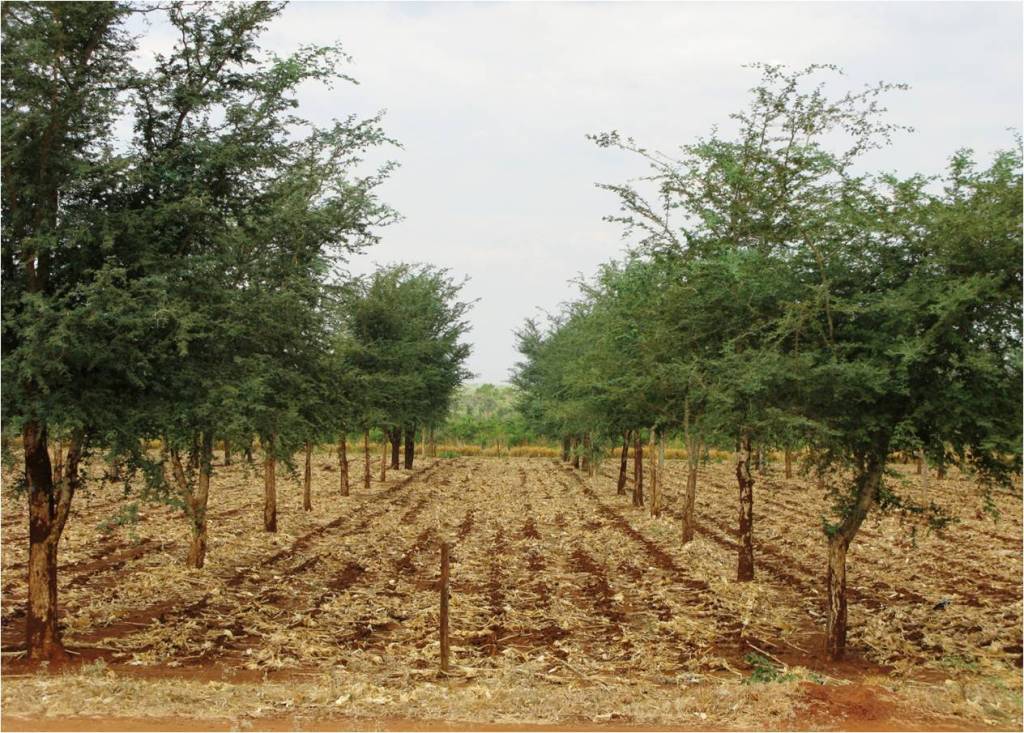Timber Tree Intercropping: A Sustainable Approach to Rural Living
In recent years, there has been a growing interest in sustainable farming practices and the integration of trees into agricultural landscapes. One such approach that has gained popularity is timber tree intercropping. This innovative method combines the cultivation of valuable timber trees with traditional crops, providing numerous benefits for rural living and homesteading.
One of the key advantages of timber tree intercropping is its potential for increased yield and profitability. By planting timber trees alongside cash crops or food crops, farmers can make efficient use of their land and diversify their income streams. Timber trees have a longer growth cycle compared to annual crops, which means they can provide a continuous source of revenue over several years while also enhancing soil fertility.
Moreover, timber tree intercropping helps foster biodiversity by creating habitats for various flora and fauna. The presence of these trees offers shelter, shade, and nesting sites for birds, insects, and small mammals. Additionally, the roots of timber trees help prevent soil erosion by holding it together tightly. This not only protects the quality of farmland but also prevents sedimentation in nearby water bodies.
Furthermore, integrating timber trees into agricultural systems can contribute significantly to carbon sequestration efforts. Trees are known for their ability to absorb carbon dioxide from the atmosphere during photosynthesis and store it as carbon within their biomass or in the soil. By incorporating large quantities of wood-producing species into our farms and homesteads, we can mitigate climate change impacts while simultaneously reaping economic benefits.
Another advantage lies in the versatility offered by different combinations of tree-crop systems under this practice. Farmers are free to choose suitable varieties based on local climate conditions and market demands. For example, walnut or oak trees could be paired with corn or soybeans in temperate regions while teak or mahogany would thrive alongside coffee or cocoa plants in tropical areas.
It’s important to note that successful timber tree intercropping requires careful planning and management. Farmers must consider factors such as tree spacing, light availability, water requirements, and potential competition for nutrients. However, with proper knowledge and support from agricultural experts or local extension services, these challenges can be overcome.
In conclusion, timber tree intercropping offers a sustainable approach to rural living that combines the benefits of timber production with traditional agriculture. By integrating trees into farming systems, we can enhance biodiversity, sequester carbon emissions, improve soil health, and diversify income streams for farmers. As we strive towards more resilient and environmentally conscious practices in our rural communities, timber tree intercropping stands out as an innovative solution that aligns economic prosperity with ecological stewardship.


Leave a comment